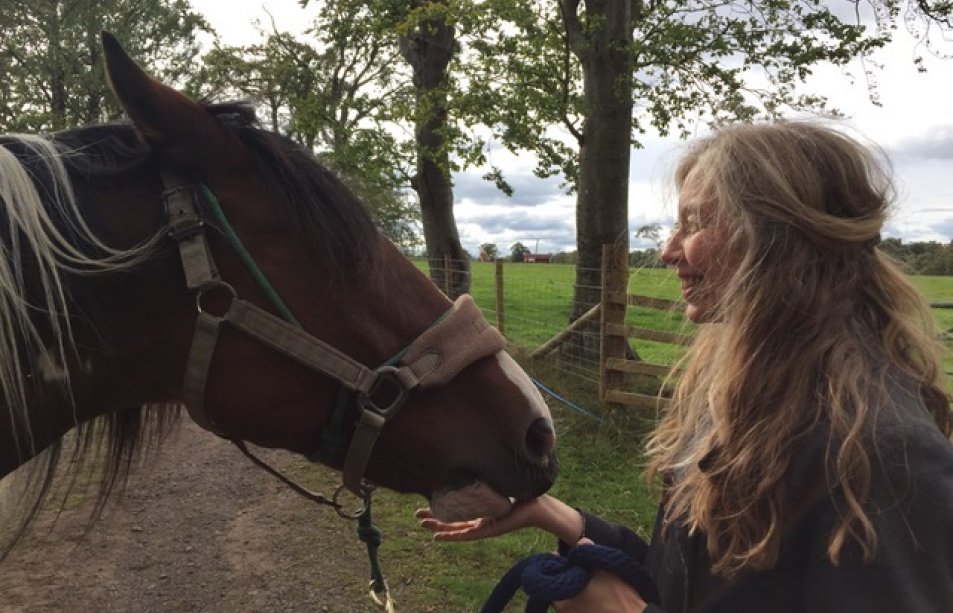Compassionate Contemplations
Our marketing assistant, Jessica, has written a bit about a practice very close to Misty's heart, Equine Therapy.

Equine therapy or “Hippotherapy” (from hippo, the Greek word for horse) is an umbrella term that refers to a wide variety of facilitated learning and therapy treatments involving horses. Claims of positive health benefits associated with horse riding date back to the 17th century. It was used across Europe as a form of physical therapy throughout the 1940’s and 50’s. By the 1960’s the buzz reached North America and horse riding became a more widely used therapeutic treatment as riding centres opened across the country. The unique bond between human and horse has since reached every corner of the world, with increasing popularity in the U.K., and the types of treatment are more varied than ever.
Equine therapy can typically be separated into two different branches that are sometimes confused or thought to be the same thing. They would be EFP (Equine Facilitated Psychotherapy) and EFL (Equine Facilitated Learning.). The key difference between the two would be that EFP is carried out by a licensed psychotherapist, with horses that have been specifically trained as therapy animals and in a controlled environment, whereas EFL refers to a less formal structure, allowing participants to facilitate their own personal growth through interactions with the animals in a more relaxed setting. EFL can be done in groups and used as team building exercises or leadership workshops whereas EFP is used as a way of directly treating mental health or development issues.
Horses are well known for being particularly sensitive to human emotions, from picking up on body language to even reading facial expressions. A study was carried out by the University of Sussex in 2016*, where horses were shown pictures of models with varying facial expressions while having their heart rates monitored. The researchers found that when being presented with pictures of negative facial expressions the subjects heart rates increased, a clear sign of stress. “One of the interesting questions that arises from this work is whether the ability comes from evolution or from an individual’s lifetime experience,” says Amy Smith, the Doctoral Candidate leading the study. “I would say that there are elements of both. During the 6,000 years horses and humans have coevolved, horses may have adapted to understand us better, which may facilitate their ability to pick up on our cues.”
As with many furry friends, horses provide humans with a sense of comfort and companionship. Spending an extended period of time with them can teach valuable skills such as responsibility, patience and trust. It’s easy to see why they are so often recruited to help people in emotional distress, when studies show that just being in the presence of horses can be hugely beneficial and healing. Despite what most people might think, Equine therapy does not necessarily involve the actual riding of horses. In fact, it’s entirely up to the person whether they even touch the horse. Often you will be working with an expert, who will let you go at your own pace and decide what activities are within your comfort zone. For example, you may be asked to lead the horse with a rope, help with grooming activities, hand feed it, or just spend some time getting to know your new friend. Like with any therapy, it’s up to you to explore and feel out the methods that work for you. After a while of working with the same animal you may find that you begin to bond, which can be a very powerful and healing experience.
*Reference: “Functionally relevant responses to human facial expressions of emotion in the domestic horse (Equus caballus),” Biology Letters, February 201
